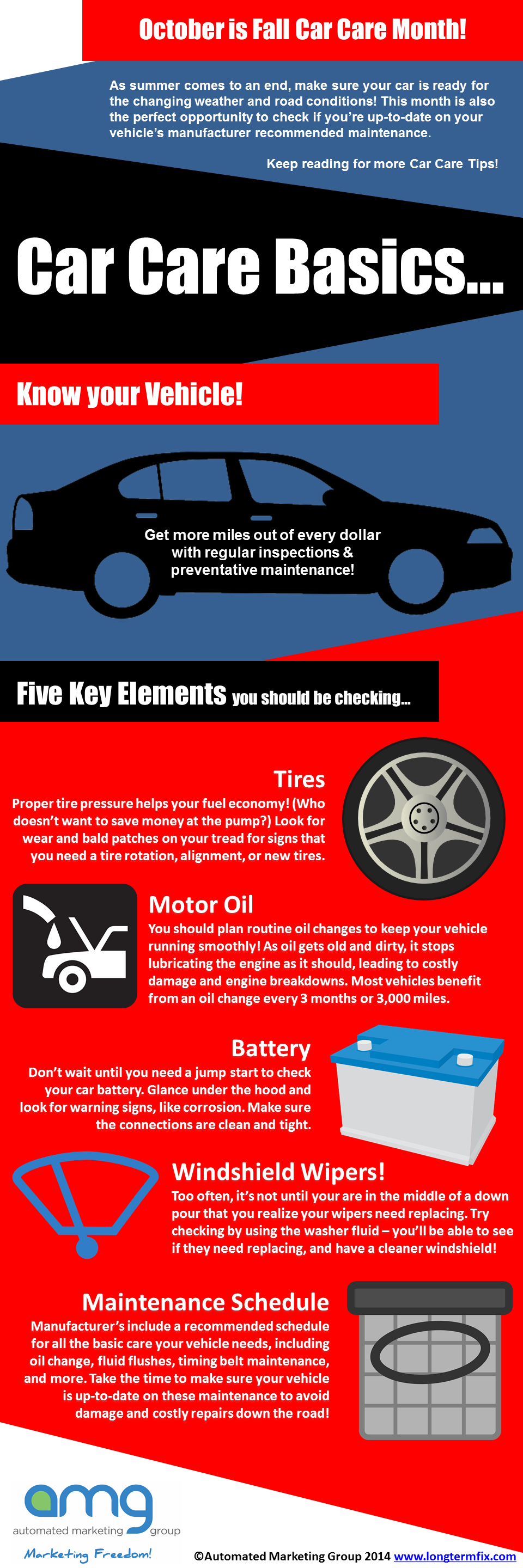Comprehending Your Car'S Caution Lights: What Do They Really Mean?
Comprehending Your Car'S Caution Lights: What Do They Really Mean?
Blog Article
Post Produced By-McKee Conradsen
When you lag the wheel, those radiant warning lights on your dashboard can be a bit perplexing. Do you recognize what they're trying to inform you concerning your vehicle's health? Understanding the relevance of these lights is essential for your safety and security and the longevity of your vehicle. So, the following time one of those lights pops up, would not you wish to understand its message accurately and take the essential steps to address it?
Common Warning Lighting and Interpretations
Determine common warning lights in your auto and understand their significances to make certain risk-free driving.
The most typical caution lights include the check engine light, which signifies issues with the engine or emissions system. If this light comes on, it's crucial to have your lorry examined promptly.
The oil pressure warning light shows reduced oil pressure, requiring prompt attention to stop engine damage.
A flashing battery light might suggest a faulty billing system, potentially leaving you stranded otherwise resolved.
The tire pressure tracking system (TPMS) light notifies you to reduced tire pressure, influencing vehicle security and gas effectiveness. Disregarding coopers auto repair can lead to hazardous driving conditions.
The abdominal muscle light indicates a problem with the anti-lock braking system, jeopardizing your capacity to stop quickly in emergency situations.
Last but not least, the coolant temperature level advising light warns of engine getting too hot, which can lead to extreme damage if not solved quickly.
Recognizing these usual caution lights will help you address concerns promptly and maintain secure driving conditions.
Relevance of Prompt Interest
Comprehending the typical warning lights in your automobile is only the primary step; the importance of promptly addressing these cautions can not be stressed enough to guarantee your security when driving.
When car heat and ac repair illuminates on your control panel, it's your car's way of connecting a potential issue that requires focus. Ignoring https://interestingengineering.com/10-of-the-best-youtube-channels-for-keeping-your-car-in-fit-condition can cause extra severe issues later on, endangering your safety and security and possibly costing you a lot more in repairs.
Trigger focus to warning lights can prevent failures and accidents. As an example, a flashing check engine light could indicate a misfire that, if left ignored, could cause damages to the catalytic converter. Resolving this without delay can save you from a pricey fixing.
In a similar way, a brake system advising light may signify low brake fluid or worn brake pads, essential components for your safety when driving.
Do It Yourself Troubleshooting Tips
If you notice a warning light on your control panel, there are a couple of do it yourself repairing suggestions you can try prior to looking for expert aid.
The very first step is to consult your vehicle's guidebook to recognize what the specific caution light suggests. Occasionally the concern can be as easy as a loosened gas cap triggering the check engine light. Tightening up the gas cap might settle the problem.
An additional usual issue is a reduced battery, which can trigger different warning lights. Examining the battery links for rust and ensuring they're secure may deal with the trouble.
If a warning light persists, you can attempt resetting it by disconnecting the automobile's battery for a few mins and after that reconnecting it. In addition, examining your automobile's fluid degrees, such as oil, coolant, and brake fluid, can aid repair warning lights related to these systems.
simply click the up coming website page
In conclusion, recognizing your car's caution lights is crucial for maintaining your car running efficiently and safely. By immediately dealing with these alerts and recognizing what they suggest, you can stay clear of pricey fixings and possible malfunctions.
Remember to consult your auto's guidebook for specific information on each warning light and take action as necessary to guarantee a trouble-free driving experience.
Stay notified, remain risk-free on the road!
